The privately owned Hôtel & Spa du Castellet opened in 2002 and is located on the edge of a pine forest near Cassis in the Var region, 42km (26 miles) due east of Marseille and 32 km (20 miles) north west of Toulon. The restaurant is set within the expansive grounds of a luxury resort hotel, complete with golf course. The dining room has terrace seating in the gardens next to the dining room and looks out over the grounds, with the Mediterranean just visible in the far distance.
The head chef of the flagship restaurant is Christophe Bacquié, who has been in charge of the cooking of the Hôtel & Spa du Castellet since late 2009, with the restaurant now named after him. Prior to coming here he worked for twelve years in his native Corsica, gaining a star for restaurant La Villa in Calvi there in 2002 and a second in 2007. During this time he was awarded the prestigious Meilleur Ouvrier de France in 2004. At Hôtel & Spa du Castellet he won two stars in 2010 for the restaurant, which was originally named Monte Cristo and since 2015 called Restaurant Christophe Bacquié. This two star accolade came just a couple of months after he moved here, and he gained the ultimate third star for the establishment in the 2018 guide.
Tables were large and well spaced, with no tablecloths and an air-conditioned room to one side dedicated to storing cheese. The tasting menus offered were priced at €195, €210 and €240 for the surprise seafood menu, which is the option that we went for. The wine list arrived in a series of folders, each dedicated to a particular area of France; there were no pesky foreign wines listed. Sample labels were Domaine Antoine-Marie Arena Carco Rouge 2014 at €85 for a bottle that you can find in the high street for €35, Marcel Deiss Schoffweg 2012 at €115 compared to its retail price of €43, and Etienne Guigal La Doriane Condrieu 2016 at €230 for a wine that will set you back €82 in a shop. There was plenty of opportunity to indulge at the higher end of the list, with labels such as Clos Rougard Le Bourg 2011 at a bargain €360 for a wine whose current market value is €484, and Etienne Sauzet Bienvenues-Batard-Montrachet 2013 at a much less generous €995 compared to its retail price of €404.
The meal began with an array of nibbles. A cracker was topped with sardine and mango, the cracker delicate though the sardine itself was not quite of the quality I had eaten recently in Greece. Rockfish soup had plenty of flavour, a langoustine tartlet was good and I liked fried John Dory cheek. Veal carpaccio had good flavour, while weaver fish tartare was nicely garnished with lime and accompanied by a tartare of apple, cucumber, radish and citrus jelly (17/20 average for the nibbles). An initial steamed bread with black olives and confit tomatoes was excellent, as was the spelt loaf that followed. These were made in the kitchen from scratch and were classy loaves (19/20).
The first formal course of the menu was crab topped with Oscietra gold caviar, kumbara citrus cream and a broth of local green crab. This was very enjoyable, the crab fresh and having lovely flavour, the caviar good and the broth quite intense (18/20). Mackerel came with aubergine in the form of pickled aubergine, mashed aubergine and smoked aubergine, along with a chestnut veloute and a garnish of almond and ginger. The pickling juices were quite sour but went well with the natural oiliness of the mackerel, and the balance was good (18/20).
This was followed by a fish called pagre (red sea bream) that was smoked and salted and served with a citrus vinaigrette and passion fruit vinegar, along with grilled courgette and a cracker topped with taramasalata that had been made in the kitchen. This was all pleasant enough but the flavour of the pagre was quite bland (16/20). Next was a courgette flower stuffed with sea bream, yellow courgette with lemon, a prawn and courgette jus flavoured lightly with curry, and a separate bowl of courgette tempura. The bream and courgette flower was a lovely combination and the very mild curry sauce lifted the fish nicely. However the tempura would not be making the tempura masters of Tokyo nervous, the batter a little greasy and nothing like the feather-light casing that really top tempura in Japan appears with. I would have scored this higher but for the ordinary tempura (18/20).
The best dish of the meal was barbecued langoustine from the North Sea served with rhubarb and a sauce made from the coral of the langoustine and a tartlet of langoustine tartare and yuzu, with lobster cream and rhubarb marmalade. The langoustine was outstanding, the gentle hint of smokiness from the barbecue intoxicating and the tartlet delicate, the rhubarb acidity providing balance. This was glorious cooking of a top notch luxury ingredient (20/20).
This was followed by dentex, a Mediterranean fish than can have superb flavour, served with tomato confit and smoked courgette, with an olive oil and shellfish emulsion. The dentex was good though not the best I have, but its flavour was rather overpowered by the strong tomato confit (16/20). Red mullet was the final savoury course, served with a little pile of mixed vegetables and a sauce of red mullet. Red mullet is one of my favourite fish, but its quality varies greatly, Unfortunately this version was properly cooked but had a slightly mushy texture and indistinct flavour, though the sauce was good and the vegetables excellent (15/20 at best).
The cheese here is kept in a separate room at the side of the dining room, which is kept at optimal temperature for storing. Rather than the cheese being loaded on to a trolley and being wheeled round the dining room, customers are encouraged to visit the cheese room and make their selection. I have not seen this idea before but there is logic to it, with the cheeses always being kept in the best conditions prior to being plated. There was an extensive selection, and the ones that we tried were indeed in very good condition.
For dessert, almond cream and lemon cream with sugar was topped with a sliver of meringue. This was pleasant but there was not quite enough lemon acidity relative to the sugar of the dessert, so the end result was a touch sweet (16/20). This was followed by lemon sorbet with tarragon sorbet, confit seaweed and meringue. The lemon sorbet was lovely and the tarragon sorbet worked better than I expected, but the seaweed just seemed out of place (14/20).
Service was very good throughout the evening from the waiting staff, though we had a rather irritating sommelier who was remarkably anxious to up-sell. When I told him the white wine that I wanted (a far from cheap Lafon white Burgundy) he visibly sneered and suggested the one next to it on the list: “this is much better”. Yes indeed, as it might be given that it was literally twice the price of the wine I had chosen. To me the sign of a good sommelier is the ability to be able to find pockets of good value on a list when asked; pointing at bottles that are over €500 is not helpful, especially when the customer has already made a selection. When I later asked about dessert wine he pointed at a set of Chateau d’Yquem and one other bottle at almost the same price, saying that “these are the only dessert wines that we have”, which was a barefaced lie since I had earlier noticed both a selection of other dessert wines by the glass and several Alsace Vendage Tardives and Selection Grain Noble bottles; we opted one of these, which resulted in more sneering. This was an irritating off note in what was otherwise a smooth and friendly service operation. The bill came to €596 (£528) per head, albeit with more good wine than a sensible person would consume, the food element being just €240 (£212). If you could find a moderately priced wine on the list and somehow managed to order it despite the sommelier’s objections and expression of horror, then a typical all-in price per head might be around £260. Overall the meal at Castlelet was an enjoyable experience, except for the wine ordering process. The setting is beautiful and the cooking quite skilful, with this meal having the one real highlight of the superb langoustine dish.




























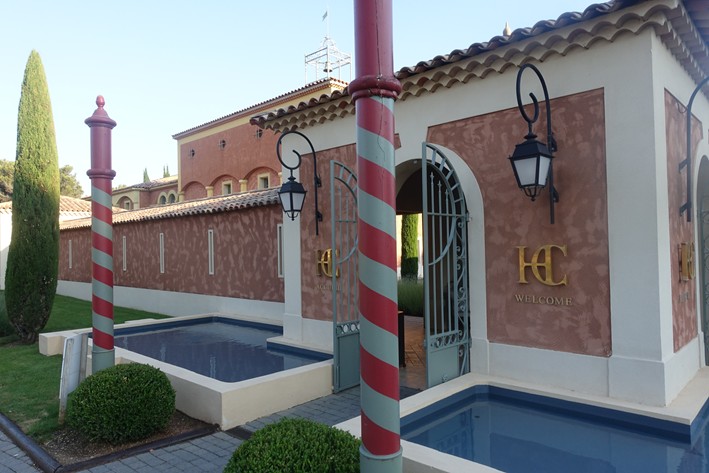



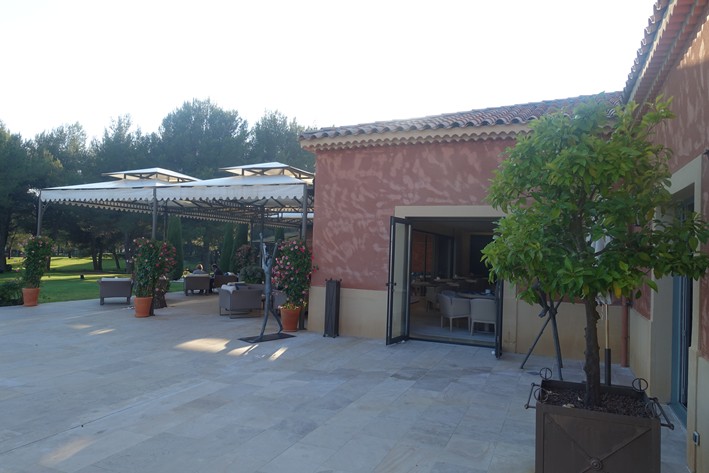

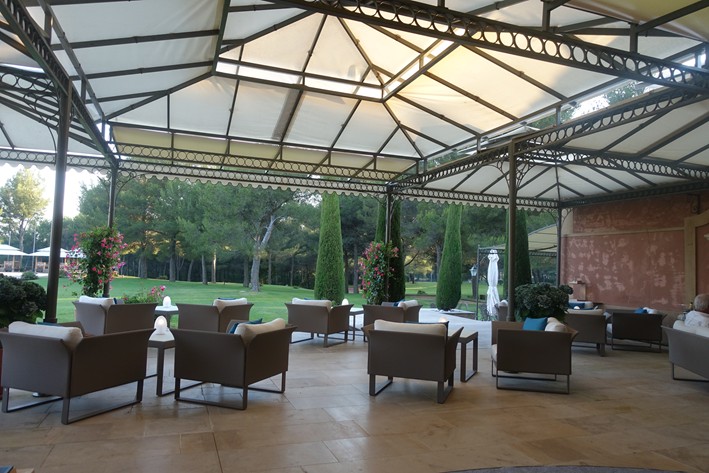
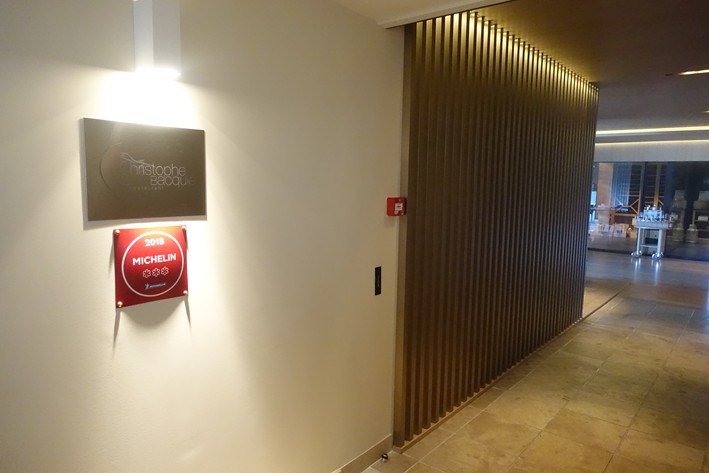
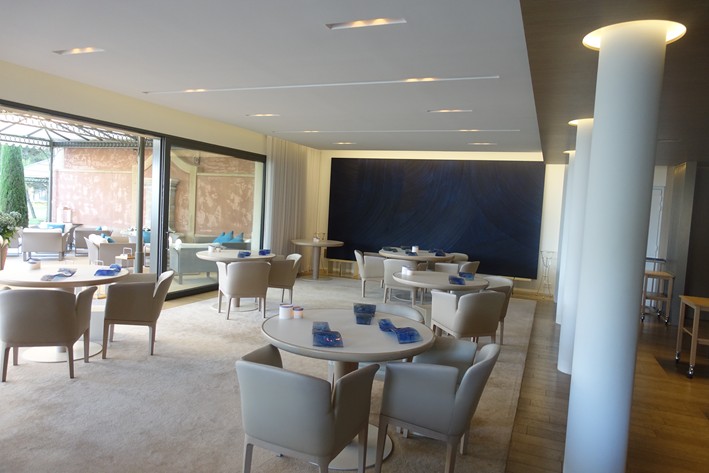
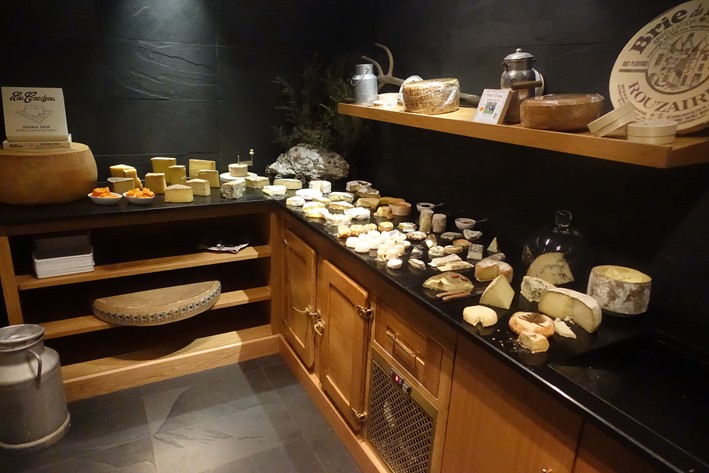
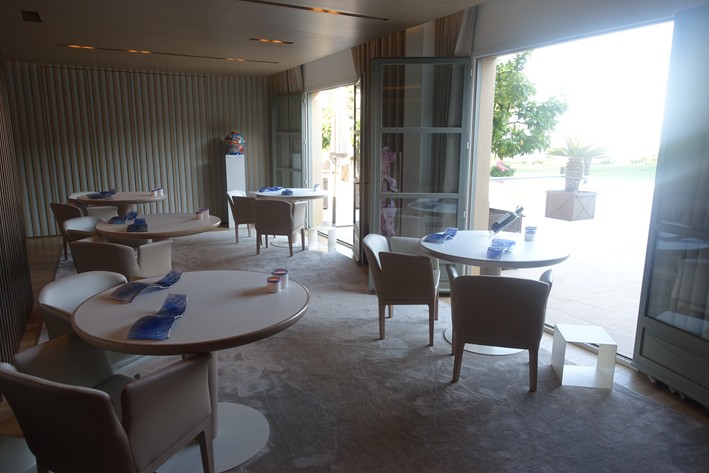
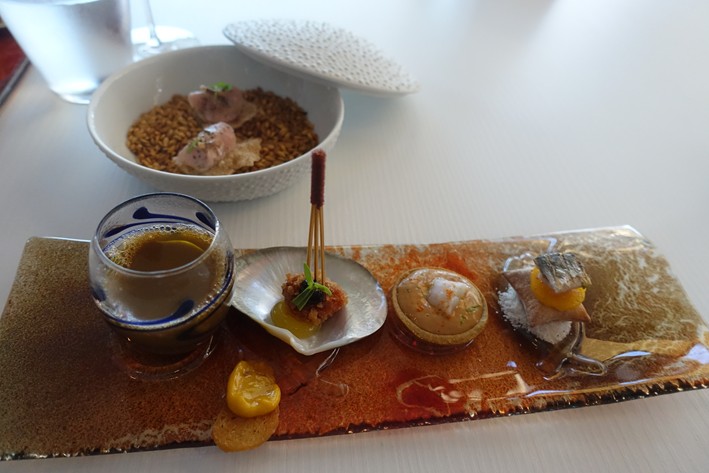

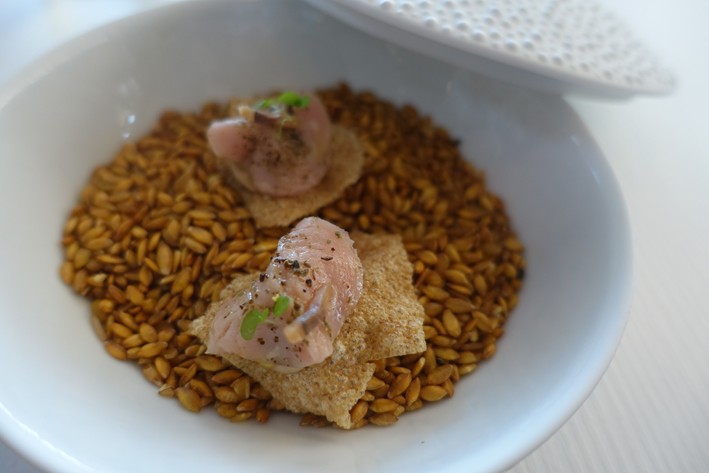
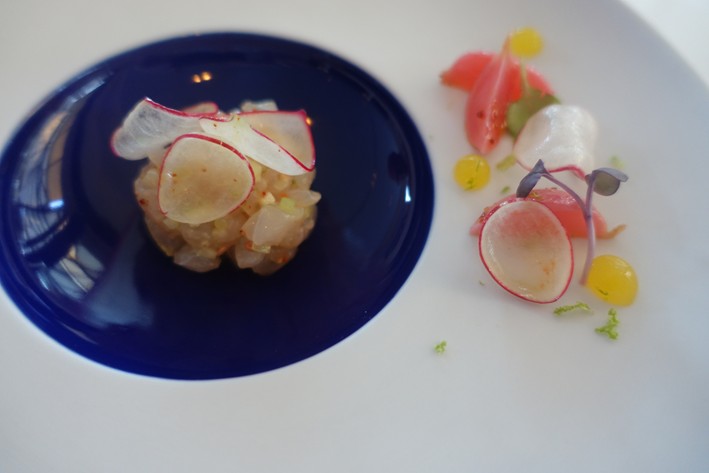
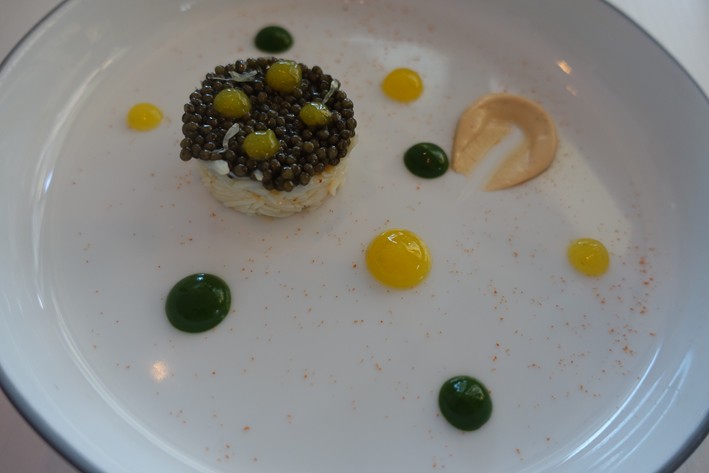
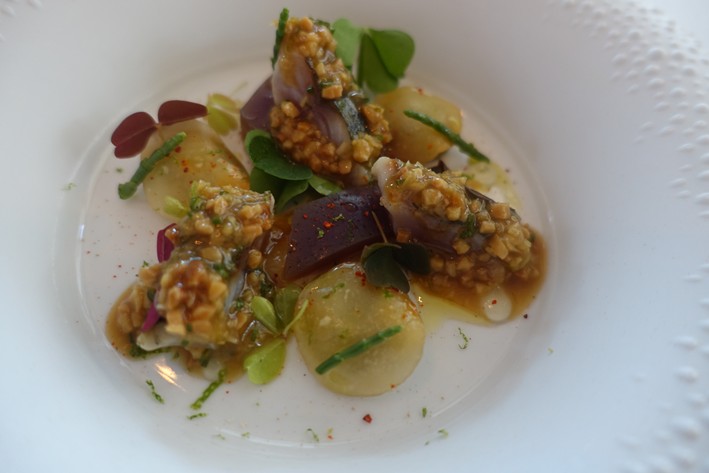
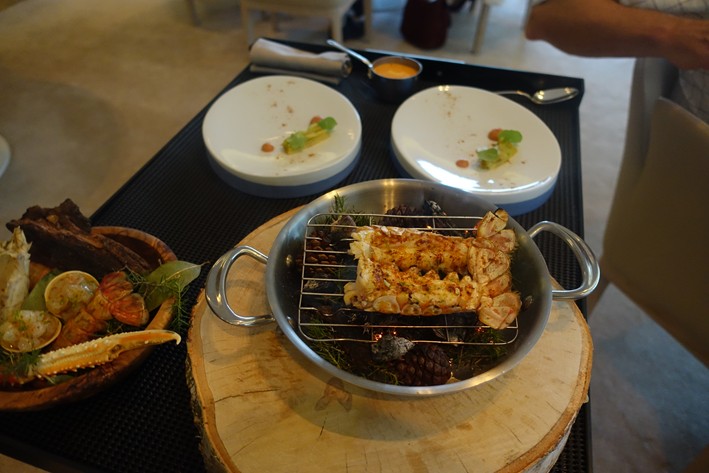

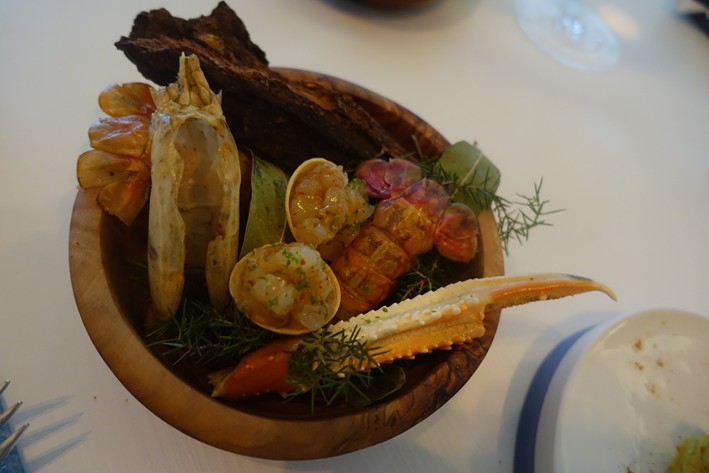
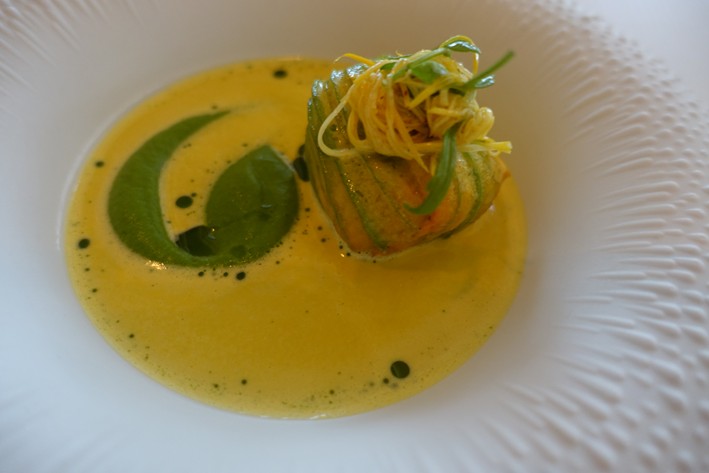
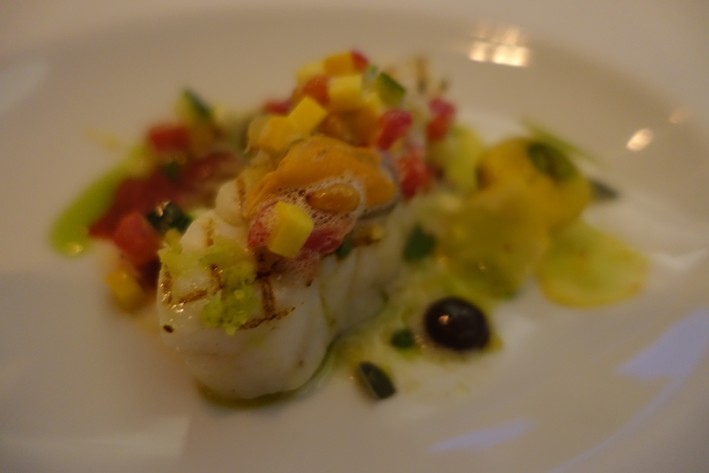

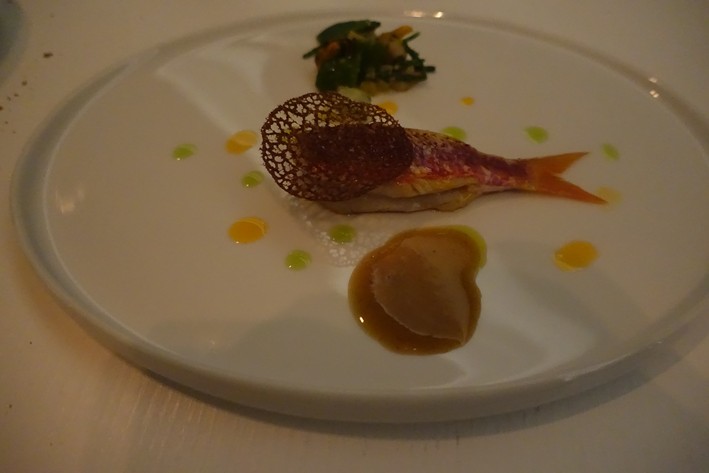

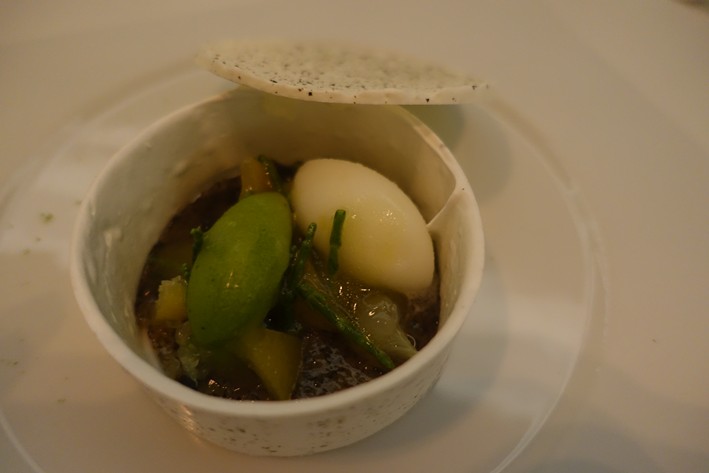


PA
Pretty shocking service from the sommelier. If he sneered at a chosen wine my first reaction would be to ask him why he chose it for his list. If he irritated me even more then I would have told him to forget the wine and drink tap water.
Nick
Surely a good starting point for any restaurateur must be the assumption that his customers are at least as knowledgeable as any of his staff. To allow this sort of attitude from a sommelier (presumably on a cut of the mark up) cannot work for anyone.